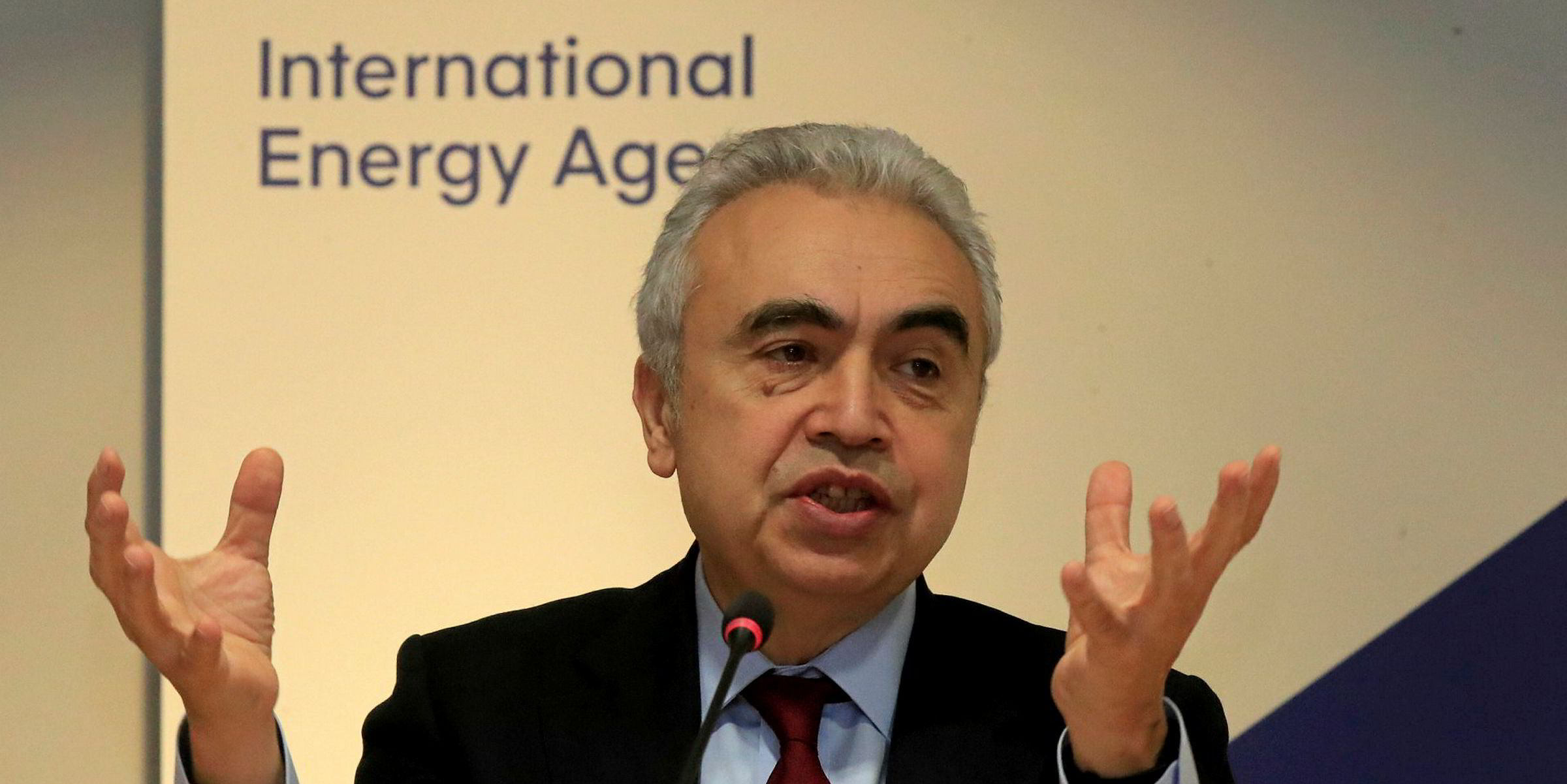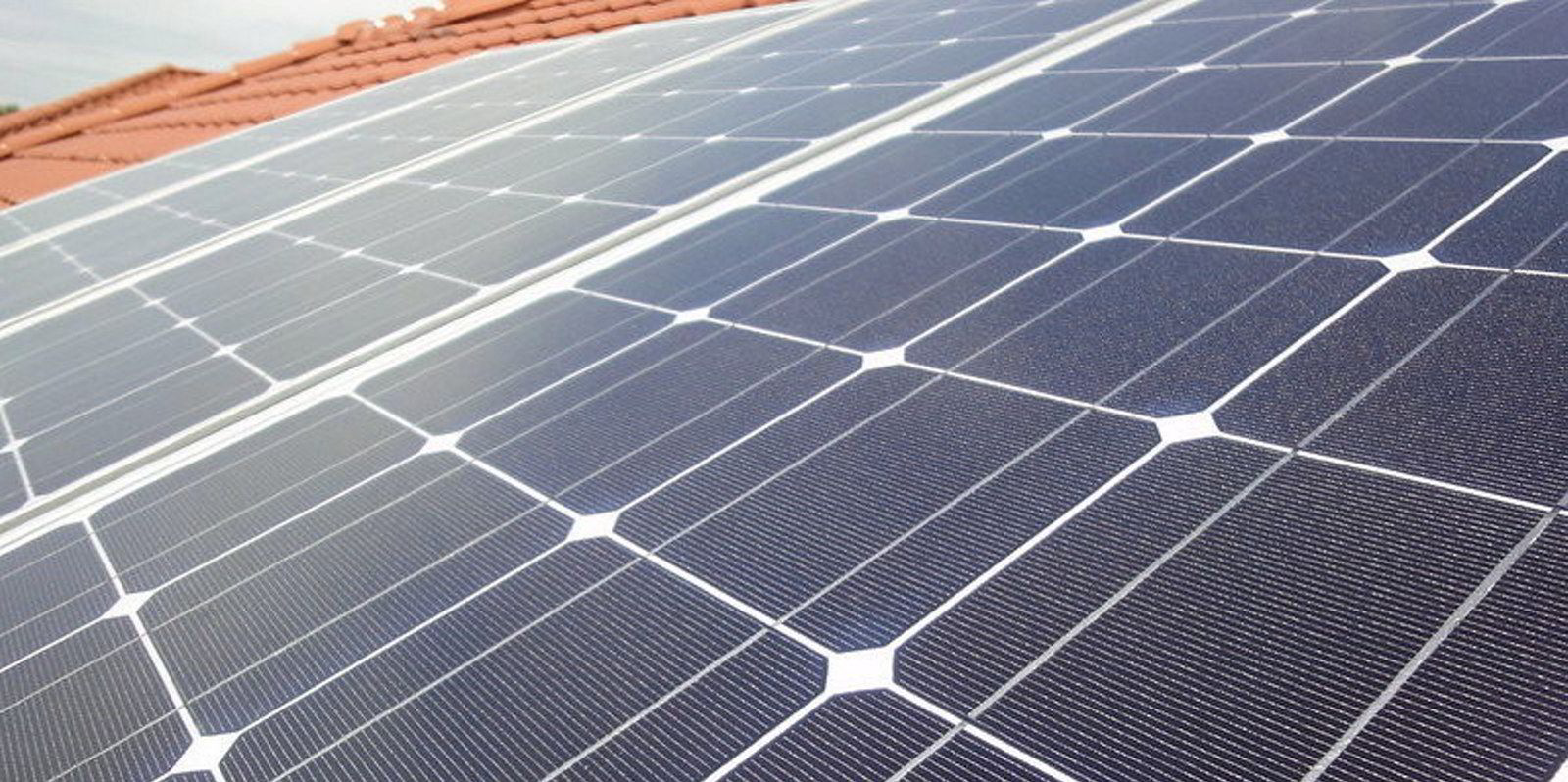The world is set to add record levels of renewable power this year and next despite the Covid pandemic, said the International Energy Agency (IEA).
Get the market insight you need into the global oil & gas industry's energy transition – from the new newsletter from Upstream and Recharge. Sign up here
New renewables additions this year are expected to reach almost 200GW, or nearly 90% of all energy generation capacity installations, the IEA’s Renewables 2020 report forecast, led by wind, hydropower and PV.
The expansion is driven by China and the US, where developers are rushing to get projects built before expiring incentives. Wind and solar additions are set to jump by 30% in these two countries alone, the IEA reckons.
In 2021, an even stronger growth of nearly 10% in one year is expected, driven by India and the EU, the report said, as a result of the commissioning of delayed projects where construction and supply chains were disrupted by the pandemic, and growth in markets where the pre-Covid project pipeline was robust.
“Renewable power is defying the difficulties caused by the pandemic, showing robust growth while others fuels struggle,” said IEA executive director Fatih Birol.
“The resilience and positive prospects of the sector are clearly reflected by continued strong appetite from investors – and the future looks even brighter with new capacity additions on course to set fresh records this year and next.”
Renewables are resilient to the Covid crisis but not to policy uncertainties
The IEA cautioned, however, that policy makers need to take steps to support the strong momentum behind renewables.
According to the agency report’s main forecast, the end of incentives in key markets and resulting uncertainties are expected to lead to a small decline in renewables capacity additions in 2022. If countries address these policy uncertainties in time, the report by contrast estimates that global PV and wind additions could each increase by a further 25% in 2022, the IEA said.
Policy decisions in crucial markets such as China, as well as effective support for rooftop PV, are critical factors influencing the speed of deployment, the report found.
“Renewables are resilient to the Covid crisis but not to policy uncertainties,” Birol said.
“Governments can tackle these issues to help bring about a sustainable recovery and accelerate clean energy transitions.
“In the US, for instance, if the proposed clean electricity policies of the next US administration are implemented, they could lead to a much more rapid deployment of solar PV and wind, contributing to a faster decarbonisation of the power sector.”
In its World Energy Outlook report, published last month, the IEA forecast solar power to become the main engine of the transition toward a low-carbon global energy system but said the technology would need to be backed by a panoply of others including, wind, hydrogen, carbon capture, utilisation and storage (CCUS) and next-generation nuclear – as well as a “large shift” in government policies – if net-zero emissions are to be reached by 2050.



